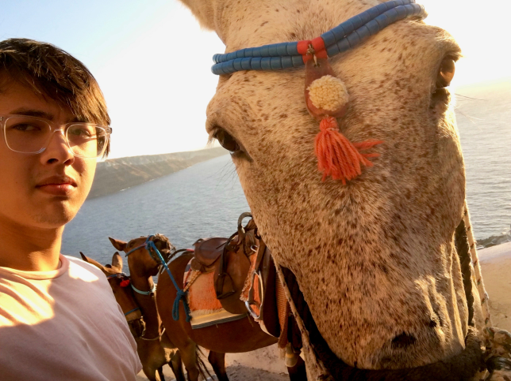Host: Institute of Engineering and Computational Mechanics
The Institute of Computational Mechanics focuses on the following fields of study: Engineering dynamics (modeling machines, mechanisms, vehicles and rotors), optimization, mechatronics, mechanics of contact and biomechanics.
I worked on the modeling and control of rigid and flexible multi-body systems. Through this experience, I have had the chance to learn the basics of kinematics and dynamics modeling and control of different systems. I also had the opportunity to learn how to use Neweul-M2, a software package for the dynamic analysis of mechanical systems with the Multi-body System Method., and gained more experience using LabVIEW and MATLAB/Simulink models.
Being part of a university exchange program such as SUPER has allowed me to not only do research at one of the best mechanical engineering institutes in the country but also meet amazing people from all over.
Since most publications at the institute were solely written in German, I had to rely on myself and the occasional help of other colleagues in understanding the previous projects done at the institute. Despite this challenge, we managed to work together smoothly and reach satisfying results. At the end of my internship, I submitted a 20-page internship report to my supervisor explaining my methods and summarizing my work.


